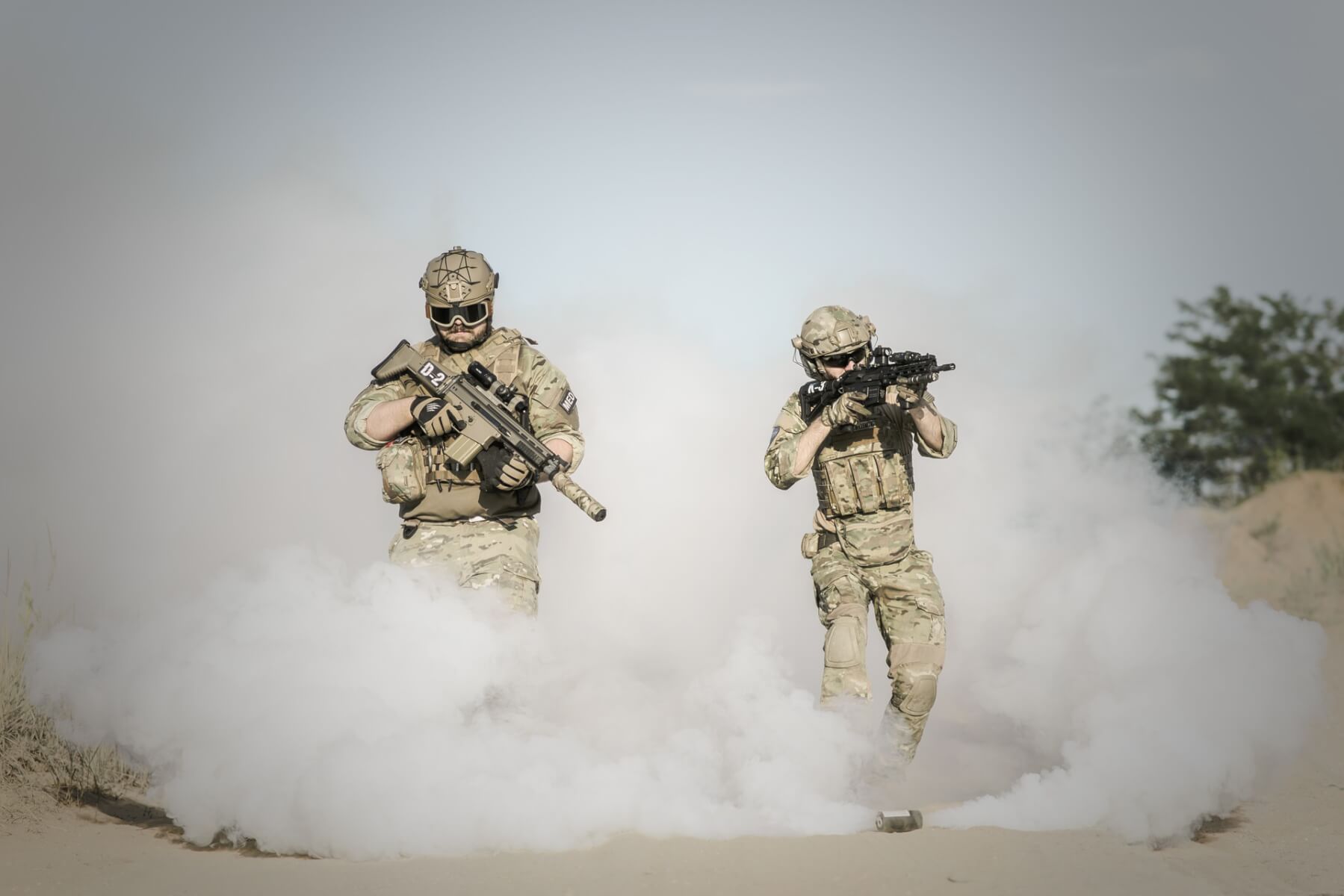Robots are better soldiers than humans – if you think about their resistance to pain and more accurate shooting. But they can’t take decisions on the field of battle. Unlike humans, they can’t decide when to shoot and when to spare another soldier’s life. The US Army is fully aware of this reality, so it has asked researchers to help robots make snap decisions just like we do. The answer was found in machine learning and human brainwaves #machinemagic
Scientists from DCS Corp and the Army Research Lab have realized that the difference between humans and machines – when it comes to making decisions – are the presence/absence of memories. People rely on memories and experiences to put a situation in a bigger context and make the right decision. Robots, on the other hand, don’t recall previous experiences so they can’t take decisions in the moment. Moreover, the lack of adaptability to various scenarios makes an AI unreliable in “life or death” situations. “In that dynamic environment we have in the military world, how do we retrain this learning process from a systems perspective? Right now, I don’t think there’s any way to do that without having the humans train those systems.”, said Thomas Russell, the Army’s chief scientist.
That’s why, now, researchers believe that the only way to show machines when it is okay to shoot and when not to is to use humans’ memories. The conclusion is pretty simple but the process to make it happen… less so. They are now studying brainwaves of human soldiers and scanning them to create datasets. These should then be explored by neural networks. Why brainwaves? Because decisions are registered in the brain in the form of electrical signals known as P300 responses.
After bots study these brainwaves and eye movements, they’ll know what triggers a decision. Therefore, the AI will be able to train from human technique, instead of every person’s input data. In this way, the neural network will save time that would have otherwise been spent on structuring every P300 response and eye movement.
Or that’s the theory, anyway. We’ll have to see if they obtain good enough results to send robotic soldiers on the field.
Follow TechTheLead on Google News to get the news first.



























